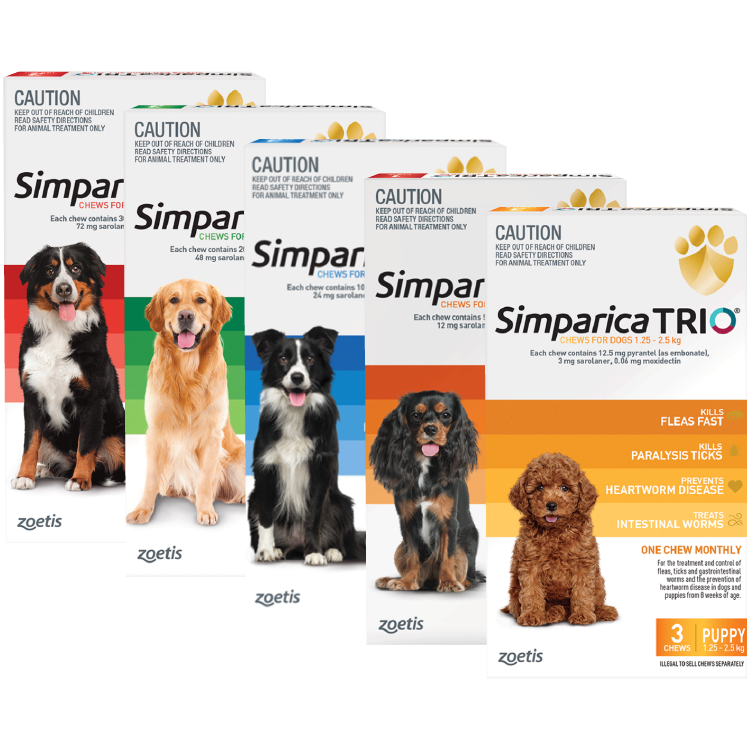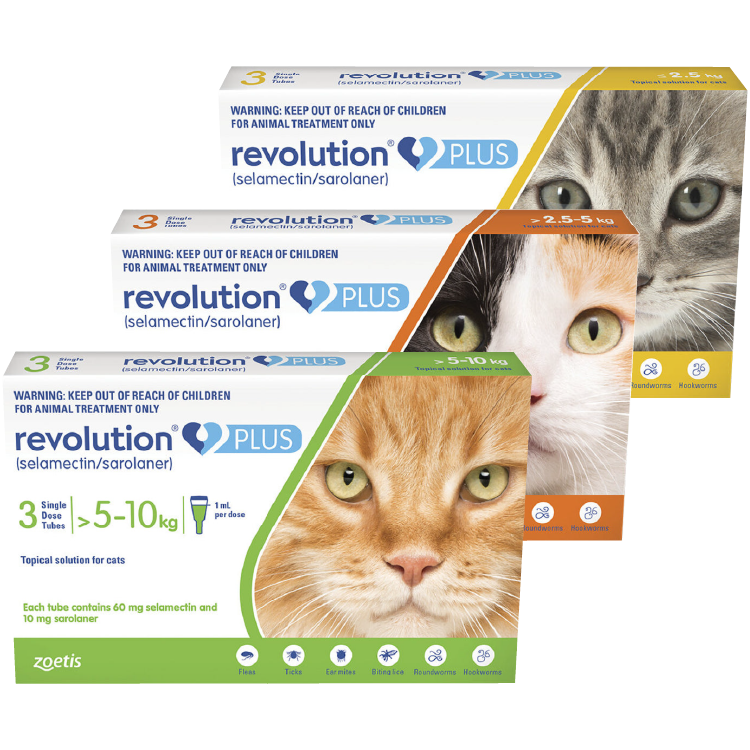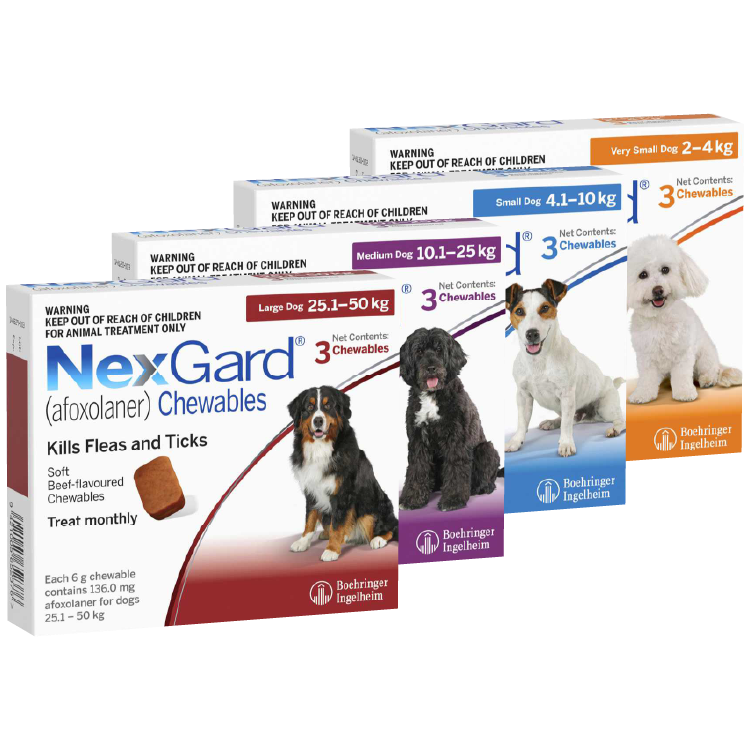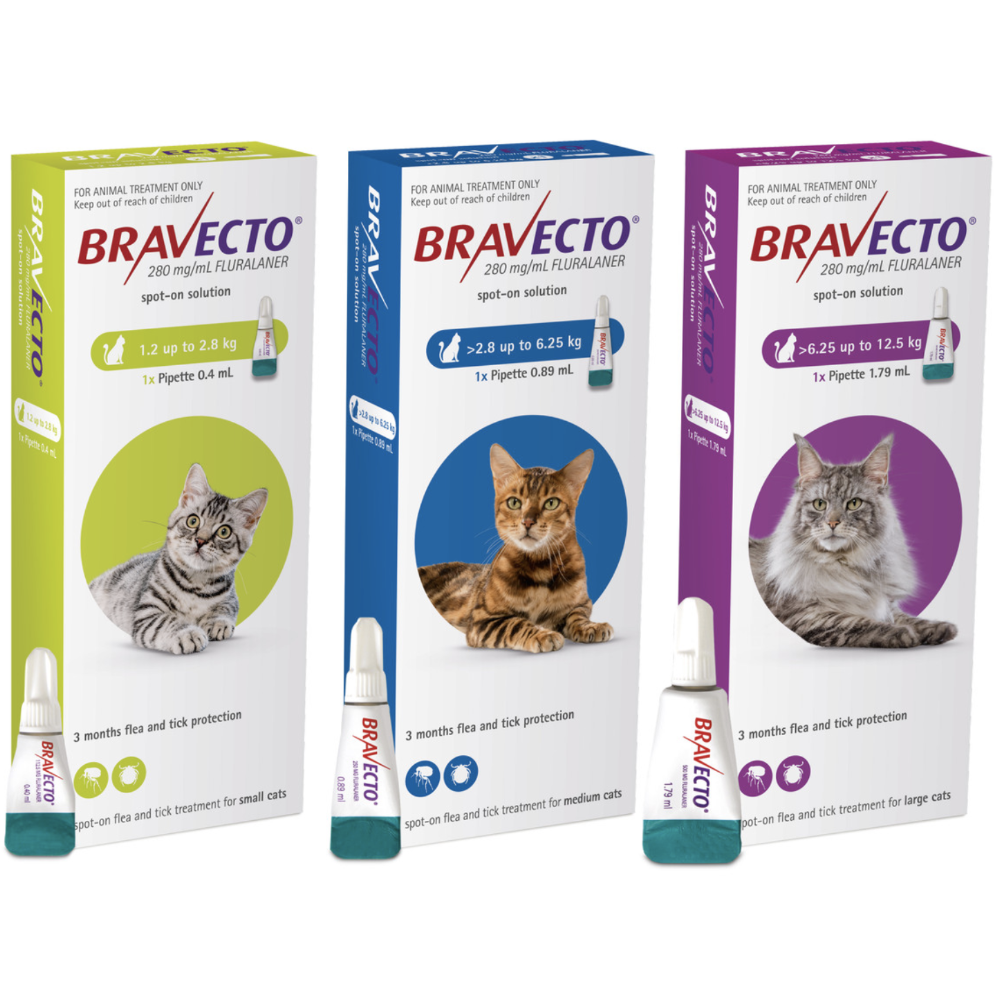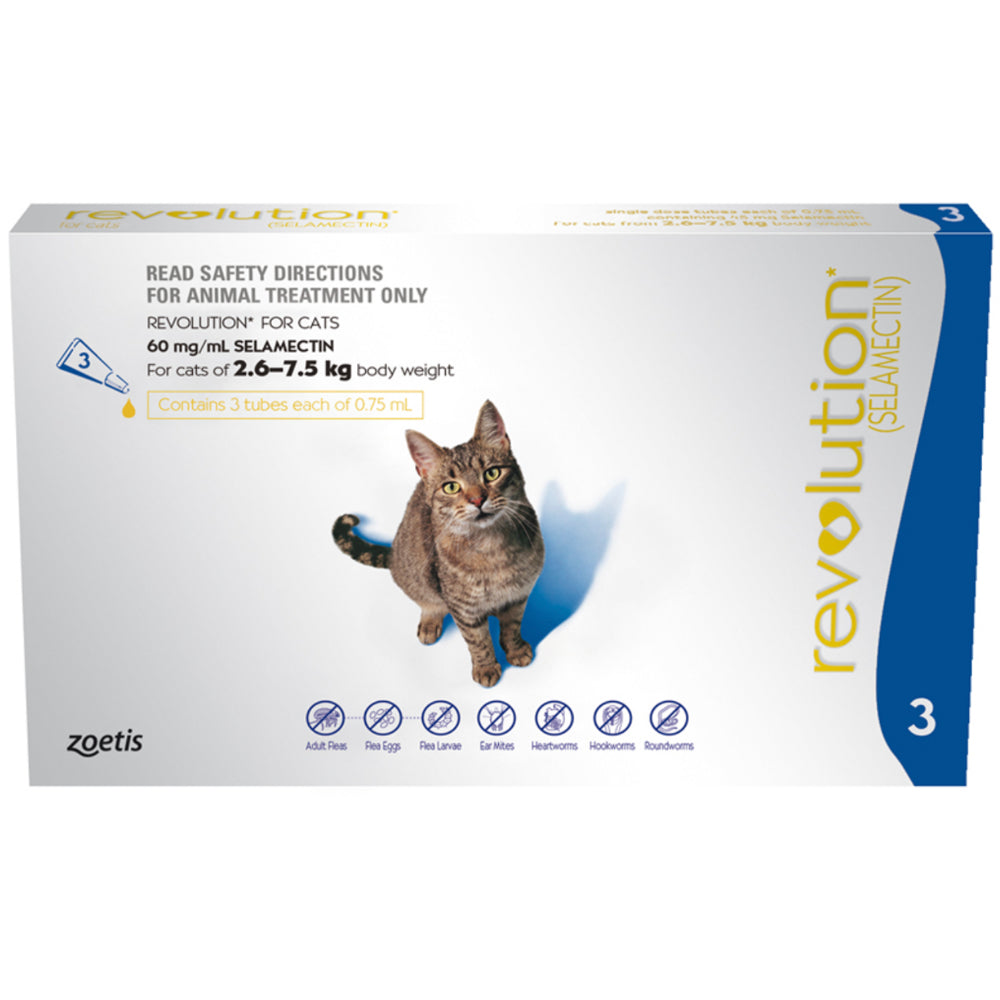NZ-Owned & Vet-Led | 100% Money-Back Guarantee | FREE Shipping
NZ-Owned & Vet-Led | 100% Money-Back Guarantee | FREE Shipping
Add description, images, menus and links to your mega menu
A column with no settings can be used as a spacer
Link to your collections, sales and even external links
Add up to five columns
Add description, images, menus and links to your mega menu
A column with no settings can be used as a spacer
Link to your collections, sales and even external links
Add up to five columns
Can humans get worms from dogs?
August 18, 2025 2 min read

Introduction
Yes, some dog worms can affect people, but the risk is low when you use regular prevention and basic hygiene. Below is a simple guide to what matters and how to protect your household. This post was prepared with input from our lead vet and founder, Dr. Feargus McConnell, BVSc.
Which worms are a concern for people?
Roundworm (Toxocara). Eggs in contaminated soil can be swallowed by people, especially children. Illness ranges from tummy upset to rare eye or organ problems.
Hookworm. Larvae in sand or soil can enter through skin, causing very itchy “track” lines (cutaneous larva migrans).
Tapeworm. Most human cases relate to swallowing an infected flea (Dipylidium caninum), usually in young children. In some rural areas, different tapeworm species can involve dogs that eat raw offal.
Who’s most at risk?
Kids who play in soil or sand, gardeners, and people with reduced immunity. Simple habits make a big difference: handwashing, covered sandpits, and prompt poo pick-up.
How to reduce the risk at home
-
Keep a steady worming schedule for your dog. Puppies: every 2 weeks to 12 weeks, monthly to 6 months, then follow your vet/product label. Adult dogs: usually every 3 months for intestinal worms, plus monthly heartworm prevention.
-
Control fleas on your pets year-round so no one swallows infected fleas.
-
Pick up poo daily and bin it.
-
Wash hands after gardening, handling poo, or playing in sand/soil.
-
Cover sandpits and refresh sand as needed.
-
Don’t feed raw offal or let dogs scavenge carcasses.
-
Treat every pet in the home, including cats, to prevent re-seeding the environment.
Signs in people — and what to do
Most exposures cause no illness. If someone develops a persistent tummy upset, itchy winding skin lines, unexplained eye symptoms, or fever after exposure to contaminated soil or sand, see your GP. Testing and treatment for people are medical decisions.
Products we trust
-
Simparica Trio Chewable Tablet for Dogs — monthly chew that covers common intestinal worms and provides heartworm prevention, plus fleas and ticks when used as directed.
-
NexGard Chewables for Dogs — monthly chew for fleas and ticks to reduce tapeworm risk via flea control.
-
Revolution Plus Spot-On for Cats — for mixed-pet homes, monthly spot-on that covers fleas and key intestinal worms in cats when used as directed.
Safety basics
-
Use dog-only products on dogs. Never apply a dog product to a cat.
-
Match the weight band and check the minimum age on the pack.
-
Do not stack wormers or double-dose unless your vet tells you to.
FAQ
Can I catch worms just by patting my dog?
Direct patting is not the usual route. Risk comes from contaminated soil/sand or swallowing infected fleas. Handwashing after play and before meals is simple and effective.
Do indoor-only dogs still need worming?
Yes. Eggs and larvae can travel on shoes and soil. Stick to a schedule.
Will flea control really help people?
Yes. Controlling fleas on pets lowers the chance of anyone swallowing an infected flea, which is how Dipylidium tapeworm spreads.
Not sure which schedule fits your household?
Tell us your dog’s age, weight, and routine and we’ll help you choose — contact us.
Feargus McConnell
Also in Dr. Feargus’ Australian Pet Health Blog

Pet dental care at home | Easy brushing guide
August 21, 2025 2 min read
A simple Australian guide to brushing your dog or cat’s teeth. What you need, step‑by‑step instructions, and when to see your vet.
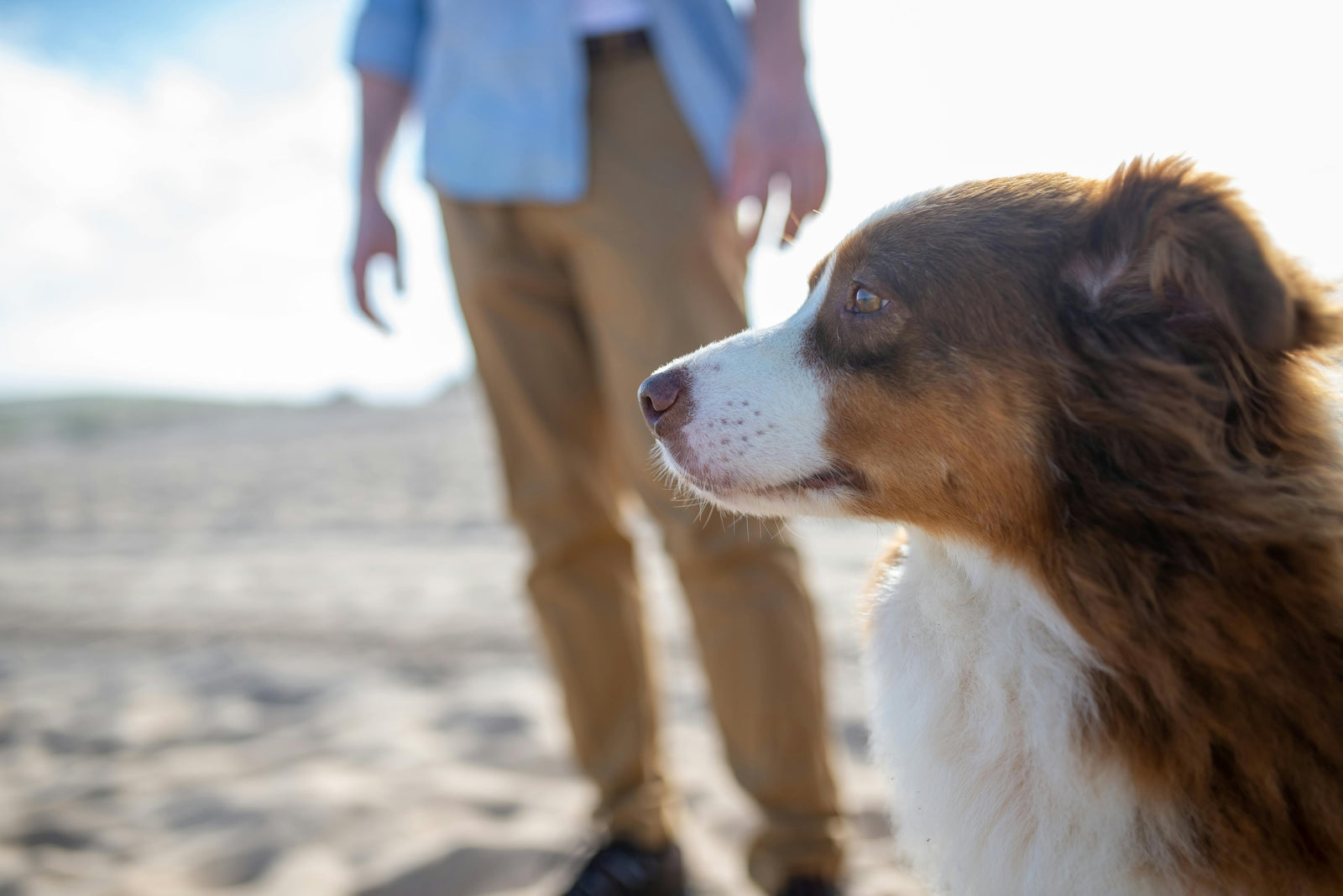
How often should you treat your dog for fleas in Australia?
August 21, 2025 2 min read
A simple schedule for flea prevention in Australian dogs. What to use, how long to treat, and how to stay on time—even if you already have fleas at home.

Travelling tradies with dogs: parasite guide
August 19, 2025 2 min read
A road-ready parasite plan for tradies and their dogs. Ute and site hygiene, packing list, dose timing, and trusted product picks.

Join the pack!
Get 10% off your first order




